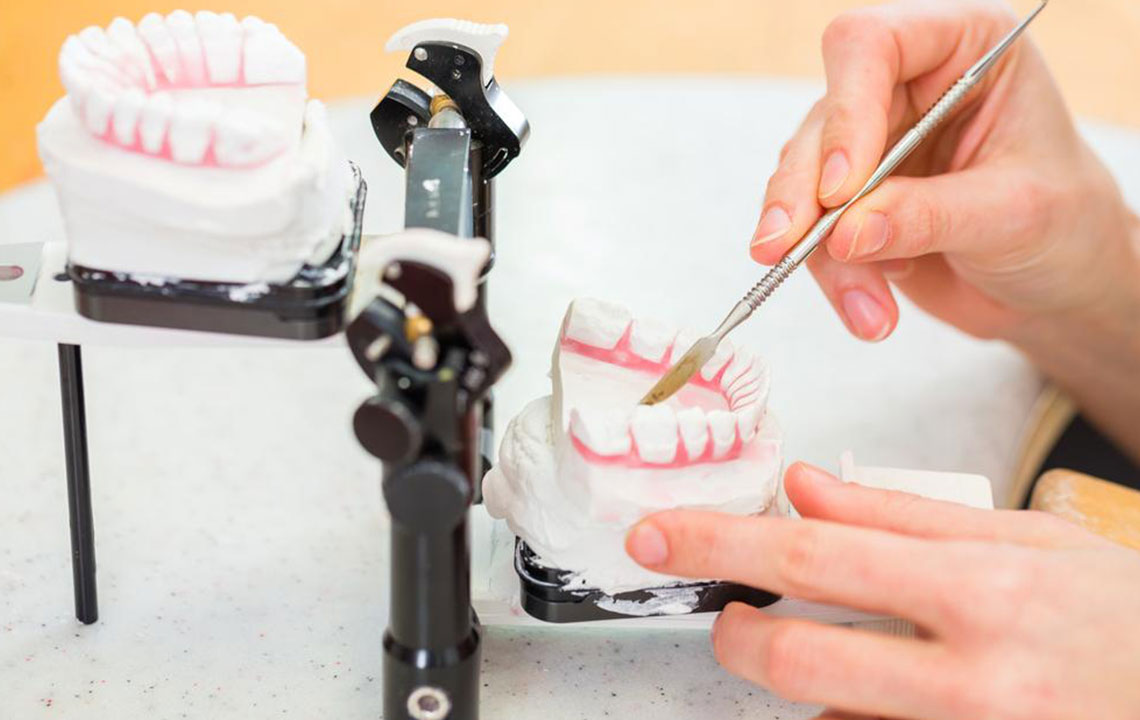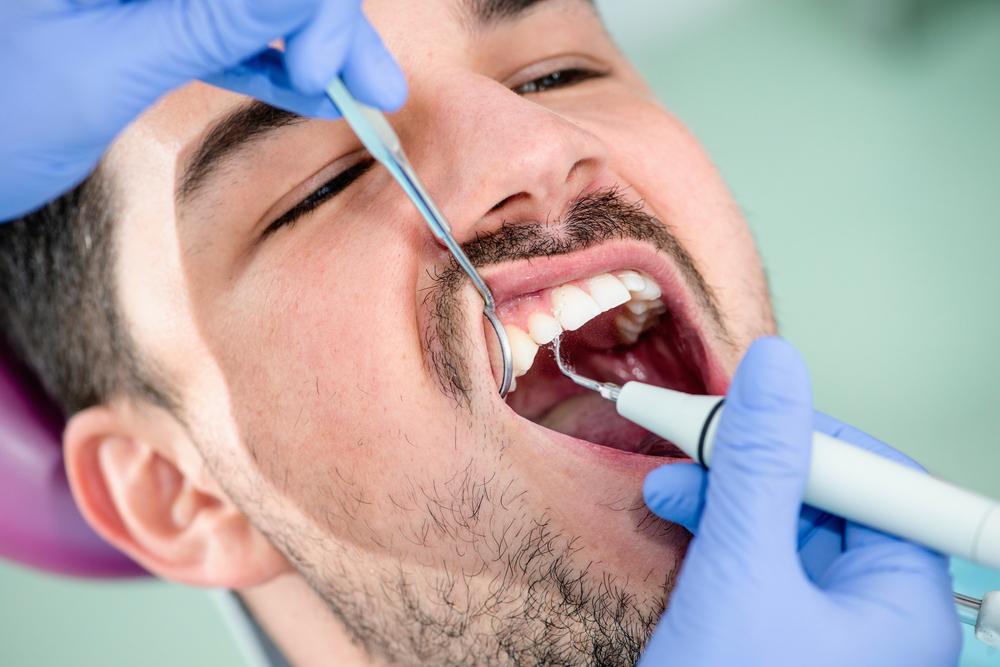Comprehensive Guide to Tooth Infections: Causes, Symptoms, Development, and Effective Treatments
This comprehensive guide explores the causes, symptoms, development stages, and treatment options for tooth infections. It emphasizes early detection and professional care to prevent severe complications, highlighting the importance of proper oral hygiene, recognizing warning signs, and understanding treatment procedures like root canals and tooth extraction. Maintaining oral health and seeking prompt dental intervention can significantly reduce the risk of systemic health issues related to dental infections.

Comprehensive Guide to Tooth Infections: Causes, Symptoms, Development, and Effective Treatments
Maintaining oral health is crucial, yet many people overlook the importance of proactive dental care. One common oral health problem that can escalate into serious complications if neglected is a tooth infection. Tooth infections are caused by bacteria that invade the soft tissues of the teeth and gums, resulting in pain, swelling, and possible systemic issues if left untreated. Understanding the causes, recognizing the early symptoms, knowing the stages of progression, and exploring the available treatment options can empower individuals to take timely action and protect their dental and overall health.
Within our mouths, a diverse array of bacteria naturally exists, living peacefully on the teeth and gums. These microorganisms form a sticky film called plaque, which is composed of saliva, food debris, and bacterial colonies. If this plaque is not efficiently removed through regular brushing and flossing, it provides a fertile environment for bacteria to multiply and invade the soft tissues of the teeth and surrounding areas. This process can result in tooth infections, which if untreated, may evolve into severe dental abscesses or systemic infections. Several factors contribute to the development of tooth infections, including physical injuries to the teeth, poor oral hygiene habits, and lifestyle choices. Early detection of symptoms and prompt dental intervention are essential to prevent escalation into serious health issues. Treatments are tailored to the severity and progression of the infection and may involve procedures such as root canal therapy or even tooth removal in extreme cases.
Causes of Tooth Infection
Broken, chipped, or cracked teeth: Physical trauma resulting from falls, sports injuries, or biting hard foods can create cracks or fractures in teeth. These fractures serve as entry points for bacteria, facilitating infection within the pulp or surrounding tissues.
Gum disease (Periodontal disease): Chronic gum infections often extend beyond the gums, affecting the supporting structures of teeth. As periodontal disease progresses, bacteria can infiltrate deeper into tooth roots, leading to abscess formation and infection.
Food impaction: Food particles such as popcorn hulls, bits of candy, or even remnants of toothbrush bristles can lodge between teeth and gums. These trapped debris become breeding grounds for bacteria, which, if not removed promptly, can cause decay and subsequent infections.
Trauma or injury to the tooth: Even injuries that seem minor may weaken the tooth’s structure or damage the pulp tissue. Such trauma can predispose the tooth to bacterial invasion over time, especially if the damage exposes internal tissues.
High sugar diet: Consuming excessive sugary foods and beverages feeds oral bacteria, leading to acid production that erodes enamel and promotes bacterial growth. This process can result in cavities and infections.
Dry mouth (Xerostomia): Saliva plays a critical role in cleaning the mouth and neutralizing acids. Conditions causing dry mouth—such as dehydration, medication side effects, or illnesses—reduce this natural defense, increasing vulnerability to infections.
Recognizing the Signs of a Tooth Infection
Timely recognition of the symptoms associated with tooth infections is vital for effective treatment and prevention of complications. The most common and noticeable indicator is throbbing or persistent tooth pain. Initially, the pain might be mild but can quickly become severe, radiating to the jaw, neck, or even the head. Other warning signs include:
Discomfort or pain during biting or when applying pressure on the affected tooth.
Increased sensitivity to hot and cold stimuli, making eating or drinking uncomfortable.
A persistent bad taste or unpleasant odor emanating from the mouth, often due to pus drainage.
Swelling of the gums, face, or jaw, sometimes accompanied by redness and warmth.
Fever and general feelings of fatigue or malaise, signaling systemic involvement.
Difficulty opening the mouth or swallowing, indicating potential spread of infection.
Sleep disturbance due to pain or discomfort.
Swollen, red, or tender gums near the infected tooth, or a visible sore or abscess.
Loosening of the affected tooth or swelling of the jaws.
Stages of Tooth Infection Development
Understanding the progression stages of tooth infections can aid in early intervention. The infection usually advances through several key stages:
Enamel decay: Bacteria produce acids that erode the hard outer enamel layer, leading to the formation of cavities.
Dentin decay: As enamel decays, bacteria penetrate the dentin layer beneath, which contains nerve endings, causing increased sensitivity and pain.
Pulp infection: Once bacteria reach the pulp chamber, which houses blood vessels and nerves, they cause infection and inflammation, resulting in severe, throbbing pain. If left untreated, the infection may form an abscess—a pus-filled pocket evident through swelling and pus drainage.
If untreated, the infection can spread beyond the tooth, affecting adjacent tissues, bones, and potentially entering the bloodstream, leading to serious health complications.
Effective Treatment Options for Tooth Infections
Treatment strategies depend on the severity and stage of the infection. Early-stage infections might respond well to less invasive procedures, whereas advanced cases may require more comprehensive interventions. Common treatments include:
Root canal therapy: This procedure involves removing the infected pulp tissue, thoroughly cleaning the root canal, disinfecting it, and sealing it to prevent reinfection. A crown is typically placed afterward to restore the tooth’s strength and function.
Tooth extraction: When the infection has severely damaged the tooth or if the tooth cannot be saved due to structural issues, extraction becomes the necessary course of action. Removing the infected tooth eliminates the source of infection and prevents its spread.
Antibiotic therapy: In some cases, dentists prescribe antibiotics to help control the infection and reduce inflammation, especially when there is significant swelling or systemic involvement.
Pain management: Analgesics or anti-inflammatory medications may be recommended to alleviate pain and discomfort during treatment and recovery stages.
Follow-up care and prevention: Post-treatment, maintaining good oral hygiene, routine dental checkups, and addressing underlying causes like gum disease or trauma are essential for long-term oral health.
Effective management of tooth infections requires timely intervention by dental professionals, combined with proper oral hygiene and lifestyle habits to prevent recurrence.




